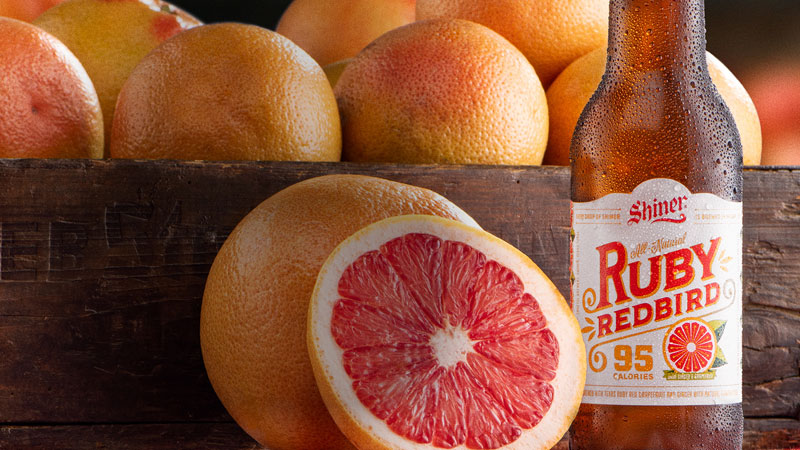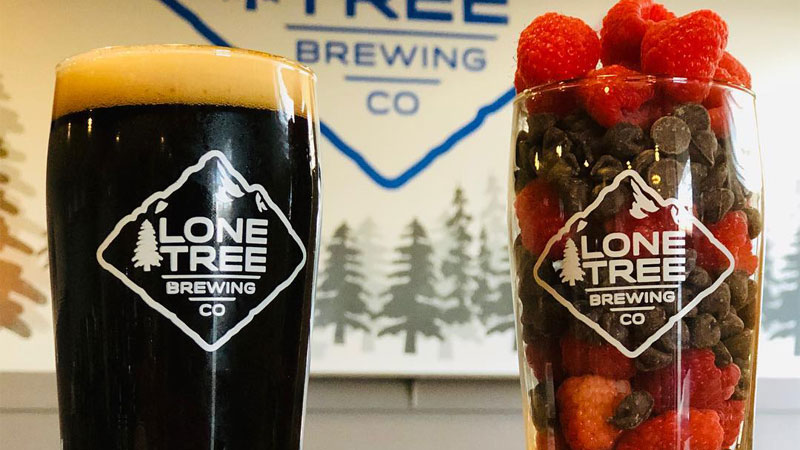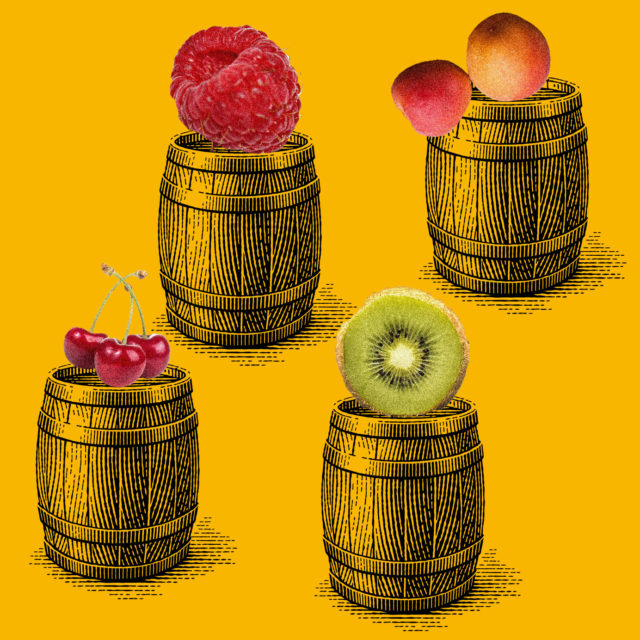It’s summertime, when lots of fresh produce fills our plates, and also our beers. Getting those fresh flavors into beer at home can be difficult, though, and it’s no easier for professional brewers.
“Brewing with fruit can be tricky because you cannot be sure how much flavor is going to shine through,” Gordon Schuck, co-founder and head brewer at Funkwerks, tells VinePair. From personal brewing experience, plus input from the pros at the likes of Allagash, Victory, Shiner, and Lone Tree, here’s what to consider when tackling your first fruit-infused homebrew.
Pick Your Fruit
Raspberry, cherry, and apricot are the most common fruits used in both professional and amateur brewing. The reason? They’re often the easiest to work with. These fruits have a high concentration of flavor and low concentration of water, so less fruit is required to create noticeable flavors. Fruits with high water concentration like peach, pear, strawberry, and kiwi require more fruit per gallon.
If you want your beer to scream “fruity” at first glance, consider a red fruit. Red fruits like raspberries and cherries have a high impact on color, while peach and apricot have less.
At Victory Brewing in Downingtown, Pa., both the Kirsch Gose and Rosé Monkey are made with sour cherry, which co-founder and brewmaster Ron Barchet says is his favorite fruit to brew with. “It brings such intensity of flavor, refreshing tartness, and beautiful color,” Barchet tells VinePair.
Colorado’s Lone Tree Brewing head brewer Josh West enjoys working with cranberries because “they add a slight tartness and pink color to the beer,” West says. This is evident in Lone Tree’s Cranberry Saison, which is aged with fresh cranberry purée and pours a light ruby hue.
Whole, Canned, Concentrate, or Purée
Fruit can be added to beer in different forms, and the form you choose will determine how robust the flavor will be. Canned or puréed fruit is the most consistent and safe, since it comes pre-sanitized.
Spoetzl Brewery director of brewing Tom Fiorenzi frequently uses purée or concentrate in Shiner’s fruited beers, like Ruby Redbird and Dewberry Tart. He prefers this because “the fruit has been cleaned to keep out things like stems or leaves,” he says.
The pitfall (pun possibly intended) of purée is that if you’re buying a pasteurized product, you may notice some of the “freshness” of the fruit is missing, and it may have a slightly cooked flavor.

According to Allagash brewmaster Jason Perkins, whole fruits that require preparation, like peaches, are the most challenging. “We cut them into eighths by hand,” Perkins tells VinePair. “With currants, we had to pick the small berries off the branches.”
Using whole fruits requires sanitizing or peeling, along with removing pits, leaves, and stems, which can impart bitter or tannic flavors on the final beer. That said, done right, whole fruit can yield delicious results. Allagash almost exclusively uses whole fruit in its beers.
“We’ll often get a call from a farmer saying they have 2,000 pounds of peaches in their truck and they’re on their way, so those peaches can go into our beer within hours of them being picked,” Perkins says. This proximity to local produce may be a luxury, but homebrewers can try visiting their farmers markets to see what’s available.
Experimenting With Extracts
Another option is to skip physical fruit altogether and use extracts instead. Extracts add more intense aromas, and can pump up the perception of fruit in a beer. They’re available in several forms, including “fruit flavorings” found at most homebrew shops (locally or online). Other options include baking extracts and pure fruit extracts.
Funkwerks’ Schuck notes the importance of experimentation, especially with new fruits and beer combinations. “How the fruit complements the base beer is a factor that needs to be taken into consideration,” he says.
To experiment with extracts, homebrewers might try adding drops of different variants to their light beer of choice and see how they compare. Does one make the beer more bitter? Or more alcoholic-tasting? It’s a slightly pricey way to pick a favorite, but beats the many hours (and even months) of trial brews it would take to compare your own batches of brew.
If going the extract route, these can be added just before bottling. To determine the amount of extract desirable in a batch, a brewer can pour a small amount of the wort into a glass and use a dropper to add extract until the aroma of fruit is present. Then, simply multiply the number of drops to equal your batch size. Taking this extra step will keep extract from becoming overwhelming or medicinal in the final beer.
Fermentation Finale
The final step to consider is when to add fruit to your brew. Fruit can be added on both the hot side (boiling and whirlpool) and the cold side (primary and secondary fermentation) of the brewing process, and there are pros and cons to each.
Allagash goes all the way with its fruit additions, adding fruit at almost every step of the process. However, the bulk goes in during the secondary fermentation phase. “We add the fruit and wait just long enough for the sugars to ferment to get full extraction of the fruit color, aroma ,and flavor,” Perkins says.
Secondary fermentation is the ideal time for fruit additions, and about a week is long enough to extract flavor. “Typically we add the fruit in the fermenter towards the end of fermentation. This way, the active yeast will eat the sugars in the fruit, which will prevent the beer from becoming sweet but still leave the fruit flavor,” West, at Lone Tree, says.

Adding fruit at primary fermentation is best avoided by homebrewers, as this is when the beer is most vulnerable to infection. In addition, a vigorous primary fermentation will blow off many of the fruit’s aromatic compounds.
Brewers can also add fruit at or just before whirlpool, which will sterilize fruit and avoid losing too much aromatic character; or during the boil. “We get a more consistent high-quality product by including fruit for both the brew and fermentation steps,” Fiorenzi, of Shiner, says.
It is important to keep in mind, however, that the longer a fruit is boiled, the more likely the final beer will have a cooked-fruit flavor as opposed to a fresh-fruit flavor (think peach cobbler instead of ripe peach). This isn’t necessarily a bad thing, but the difference is something to be conscious of. If fruit is added before the boil, many of the aromatic compounds will be lost.
